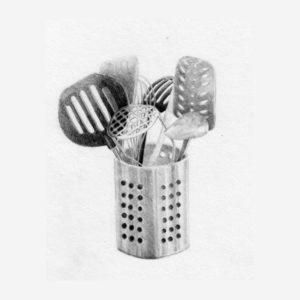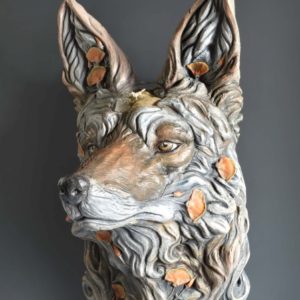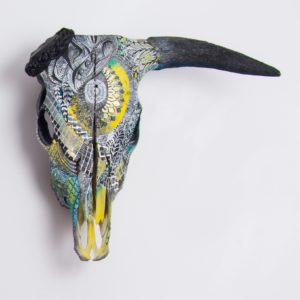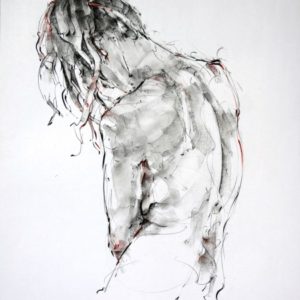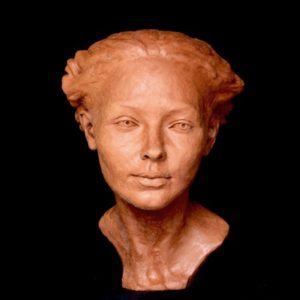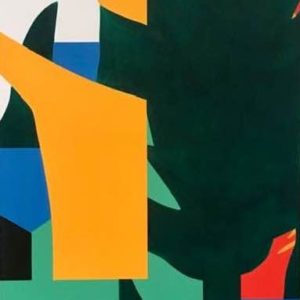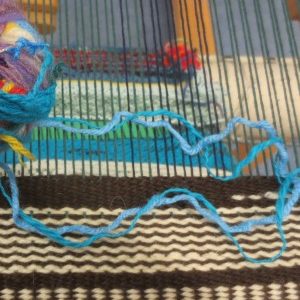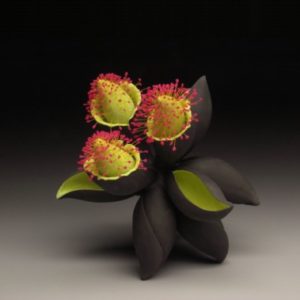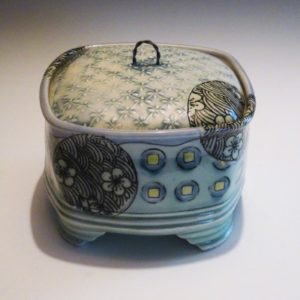NATURAL DYE: A Complete Colour Wheel
In this hands-on workshop, students will create a variety of coloured fabric samples from ancient natural dyes and some local dyes, using the immersion dyeing method. They’ll explore over-dyeing and modifying colour samples using Iron and Indigo. Indigo dye has been used for thousands of years to dye fabric blue.
Students will explore a variety of Shibori patterns to tie, sew, fold and clamp fabric to make striking prints on cloth. Learn which dye plants grow in this region, how and when to harvest them for dyeing and how to prepare protein/cellulose fibres and fabrics to best accept natural dye.
The fabrics used in this workshop are cotton, silk, and linen. The participants will go home with colour samples from the colour wheel, and the ability to dye clothing, fabric, and yarn on their own using natural dyes.
PLEASE NOTE: This class will be taking place in the floating studio (the Marine Sciences building) and is only accessible by stairs and a ramp and does not have a washroom on site. The closest washroom access is in the dining hall.
Read More

